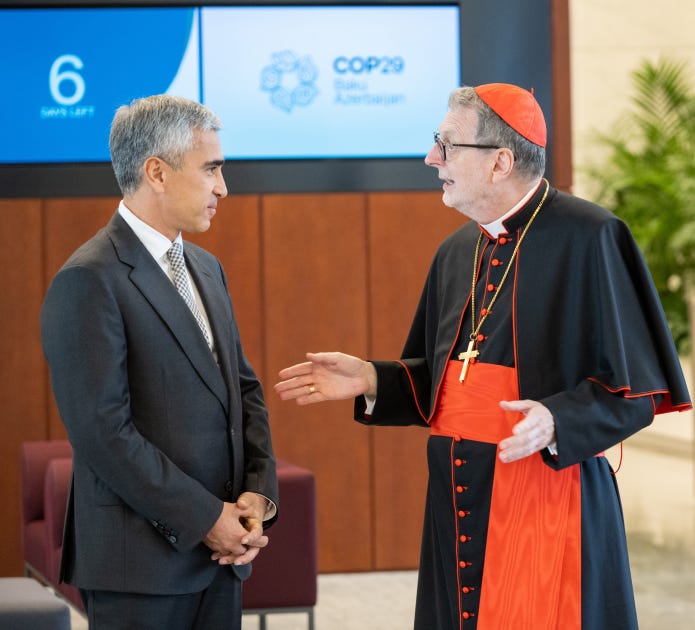Armenian leaders pan Vatican-Azeri funding ‘friendship’
Is money from Azerbaijan shaping the Vatican's approach to Central Asia?
An Armenian Orthodox bishop has said that a shift in the Vatican’s approach to the ongoing conflict between Armenia and Azerbaijan is influenced by Azerbaijan’s funding of Vatican projects, which are seemingly part of the country’s “caviar diplomacy” strategy.

